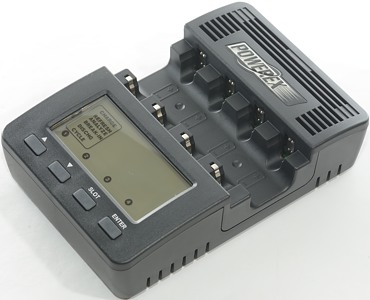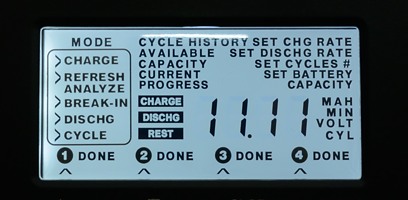hafrse
Full Member level 3
NiMh charger problem or battery ?
Hi,
Have an instrument which has 9 NiMh cell battery pack (10.8 Volts) . The Charger inside the instrument will not do any attemp to charge the battery pack, Voltage of the battery pack is about 0.5V (for all the 9 cells) , it has been in storage for a couple of years and not used.
The charger circuit uses the bq2003 Fast-Charge IC chip : https://www.ti.com/lit/ds/symlink/bq2003.pdf
and according to this document, it says :
If the temperature of the battery is out of range, or the
voltage is too low, the chip enters the charge pending
state and waits for both conditions to fall within their
allowed limits. There is no time limit on the charge
pending state; the charger remains in this state as long
as the voltage or temperature conditons are outside of
the allowed limits.
My assumption is: if the charge controller minimum battery voltage is set above 0.5 (for all 9 cells) , then it will never attempt to charge the battery pack since it suspects it faulty ? am I right ?
Question: what is the minimum working/good 9 cell NiMh battery could have?
Should I suspect a faulty charger?
Thanks!
Hi,
Have an instrument which has 9 NiMh cell battery pack (10.8 Volts) . The Charger inside the instrument will not do any attemp to charge the battery pack, Voltage of the battery pack is about 0.5V (for all the 9 cells) , it has been in storage for a couple of years and not used.
The charger circuit uses the bq2003 Fast-Charge IC chip : https://www.ti.com/lit/ds/symlink/bq2003.pdf
and according to this document, it says :
If the temperature of the battery is out of range, or the
voltage is too low, the chip enters the charge pending
state and waits for both conditions to fall within their
allowed limits. There is no time limit on the charge
pending state; the charger remains in this state as long
as the voltage or temperature conditons are outside of
the allowed limits.
My assumption is: if the charge controller minimum battery voltage is set above 0.5 (for all 9 cells) , then it will never attempt to charge the battery pack since it suspects it faulty ? am I right ?
Question: what is the minimum working/good 9 cell NiMh battery could have?
Should I suspect a faulty charger?
Thanks!

